The black panther, a majestic and mysterious creature, has long captured the human imagination. Often depicted in popular culture as both a symbol of fear and of strength, this fascinating animal raises significant questions about how it is perceived across different societies. From their biological makeup to their cultural impact, understanding black panthers involves a deep dive into both science and symbolisms.
What Is a Black Panther?
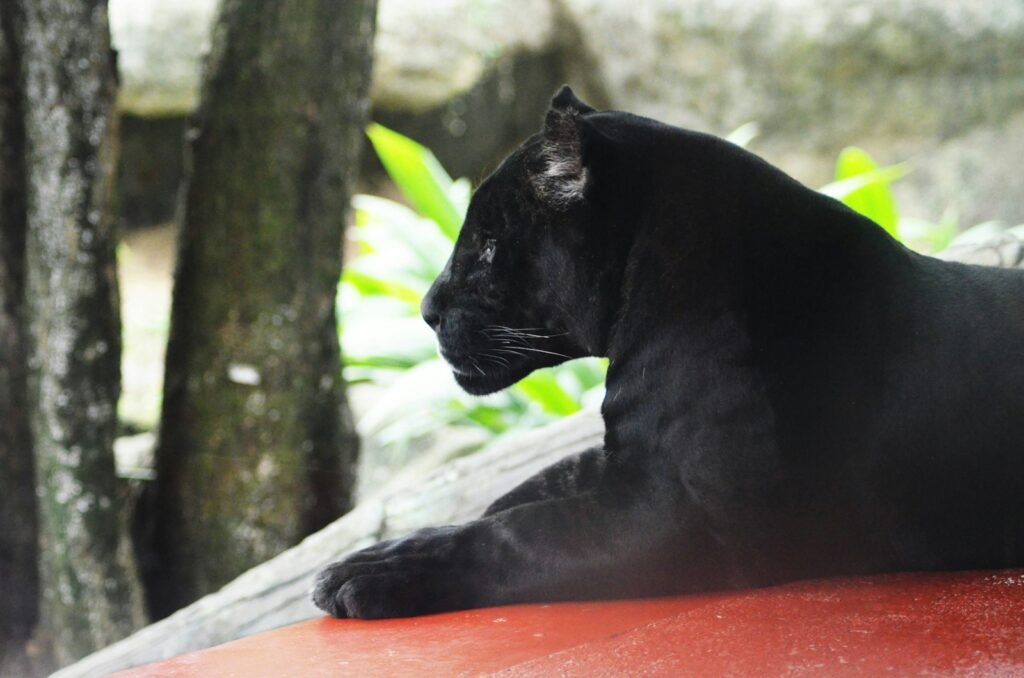
Contrary to popular belief, the term “black panther” does not refer to a separate species. Rather, it is a catch-all term for melanistic individuals of the Panthera genus, most commonly leopards in Africa and Asia, and jaguars in the Americas. This genetic mutation results in an excess of dark pigmentation, giving the animals their characteristic black coat while still retaining the rosettes typical of their respective species.
Evolutionary Adaptations
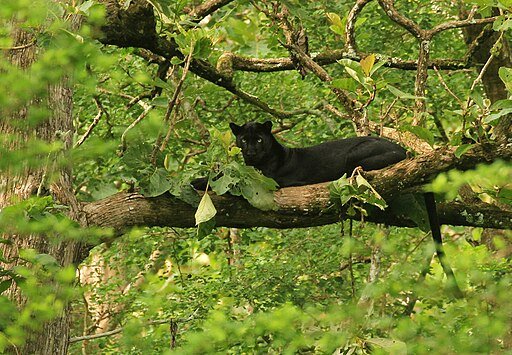
The phenomenon of melanism, or increased presence of black pigment, offers several adaptive advantages. It can enhance an animal’s ability to hunt in low-light environments, a factor beneficial in dense forests where light penetration is minimal. This evolutionary feature allows melanistic leopards and jaguars to blend seamlessly into their surroundings, making them formidable and elusive predators.
The Science Behind Melanism
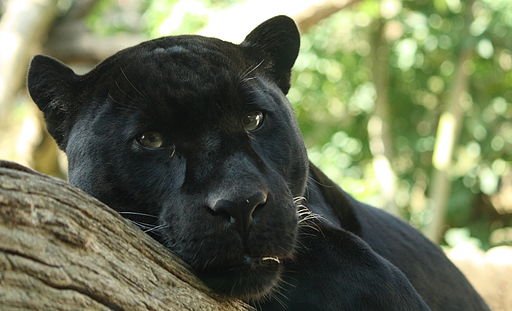
Melanism is caused by a genetic mutation affecting melanin production, the same pigment responsible for skin, fur, and eye color in various species. In black panthers, this mutation is usually caused by an allelic variation in the agouti signaling protein gene. The alteration in this gene leads to a proliferation of dark pigments, providing the animal with its stark black coat.
Cultural Depictions and Misrepresentations
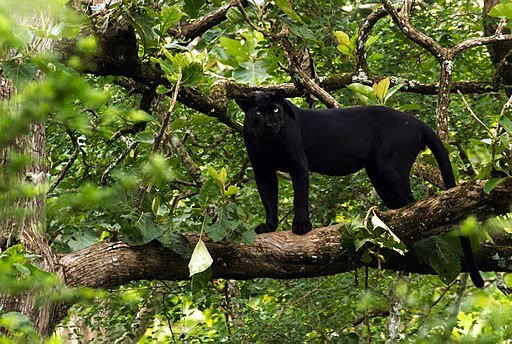
In many cultures, the black panther has been portrayed either as a fearsome beast or a powerful guardian. In Western mythology and pop culture, these animals are often depicted as menacing, shadows of the jungle that embody danger—a stark contrast to their rich symbolic meanings in some indigenous communities where they are viewed as beings of strength, power, and mystery.
The Role of Black Panthers in Popular Culture
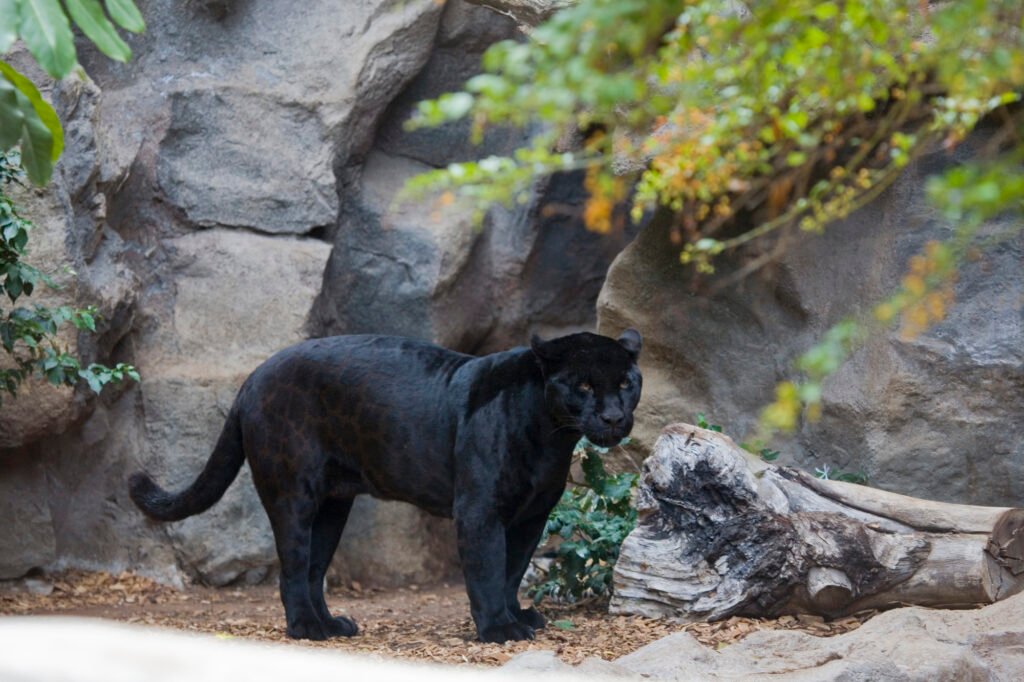
The black panther has transcended biology to become an iconic figure in popular culture. This is evident in blockbuster films like Marvel’s “Black Panther”, where the animal represents resilience, power, and cultural pride. The narrative surrounding the black panther in such movies illuminates a shift from fear-based imagery to definitions rooted in strength and nobility.
The Ecological Importance of Black Panthers
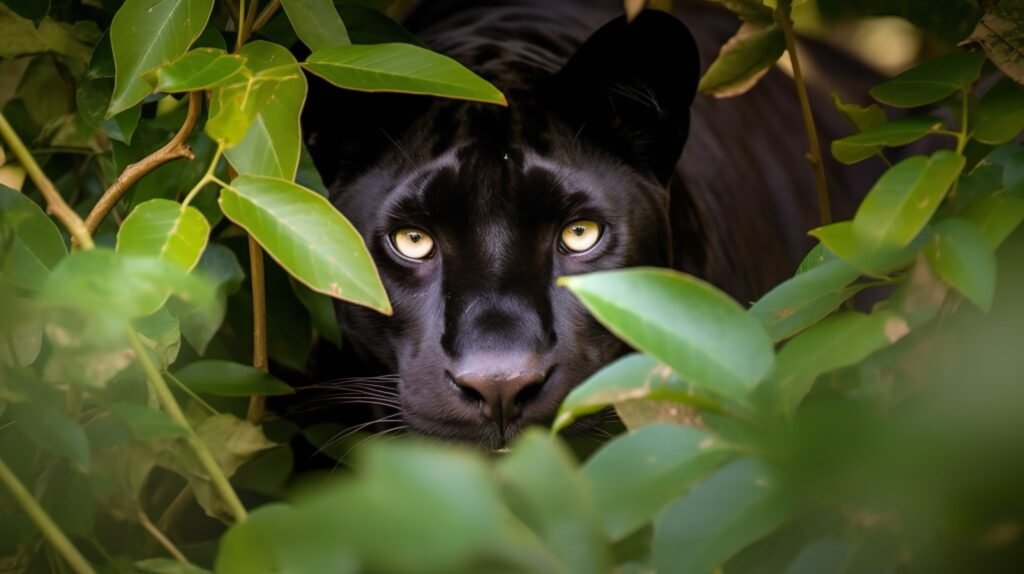
Beyond their symbolic value, black panthers play a crucial ecological role. As apex predators, they help maintain the health of their ecosystems by controlling prey populations, which can have cascading effects on other species and vegetation. The conservation of such predators is vital for the balance of ecosystems, highlighting their importance from a biodiversity standpoint.
Conservation Challenges
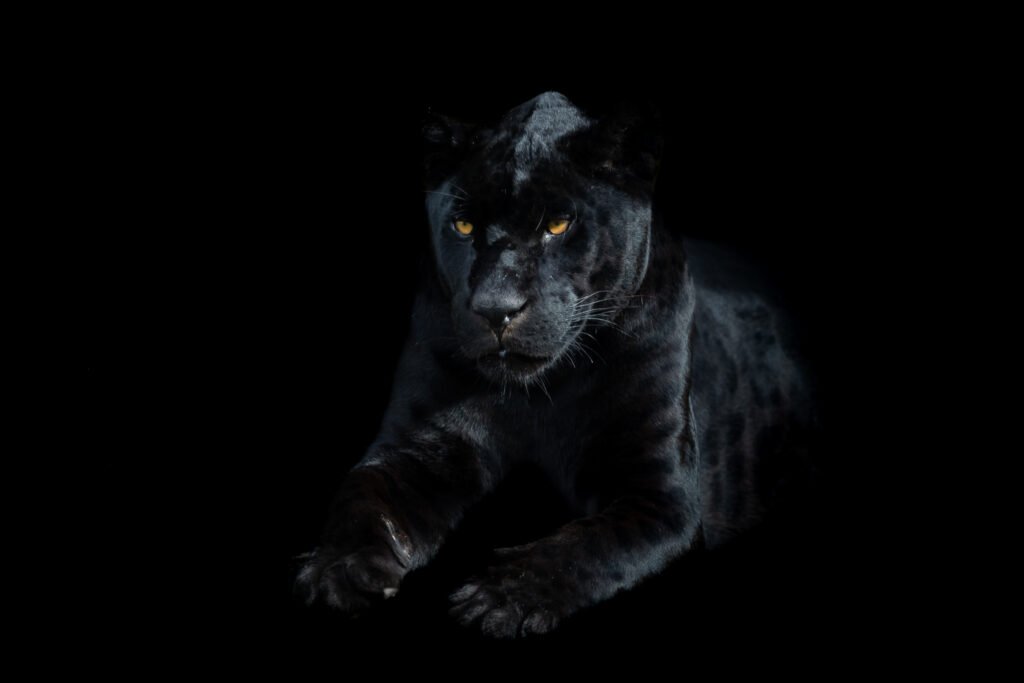
Despite their ecological importance, black panthers face numerous threats from habitat loss, poaching, and human-wildlife conflict. The destruction of their natural habitats leads to decreased prey availability and increased encounters with humans. Conservation efforts aim to address these challenges through habitat restoration, anti-poaching measures, and community engagement.
Efforts to Preserve the Black Panther
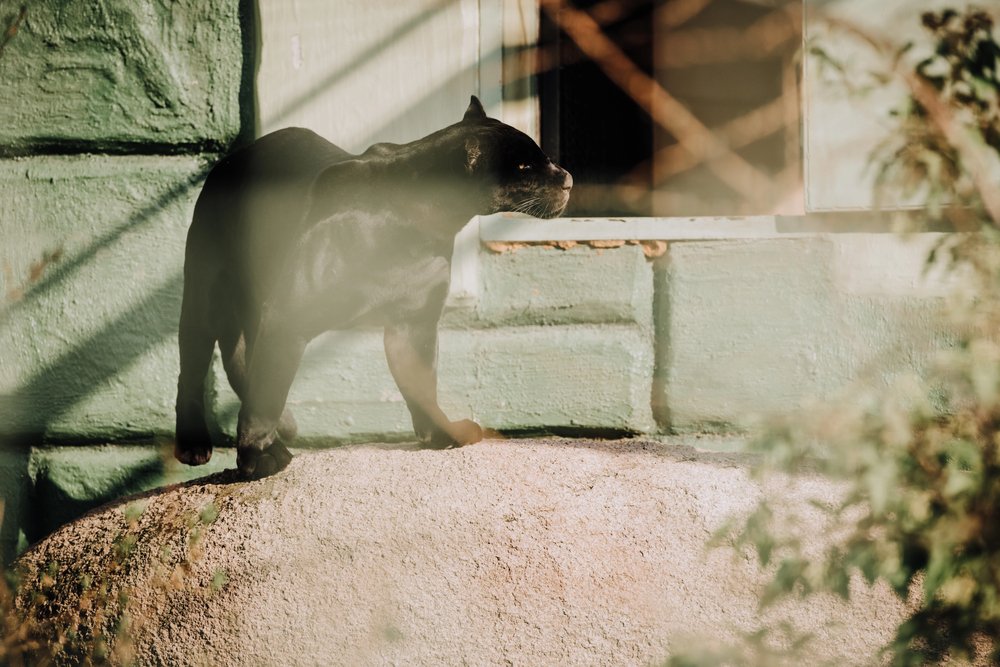
Globally, wildlife conservation organizations are actively working to preserve black panther populations. Strategies include creating protected areas, legal enforcement against poaching, conducting research, and fostering community involvement to develop sustainable practices that coexist harmoniously with these majestic animals.
Fear or Strength?
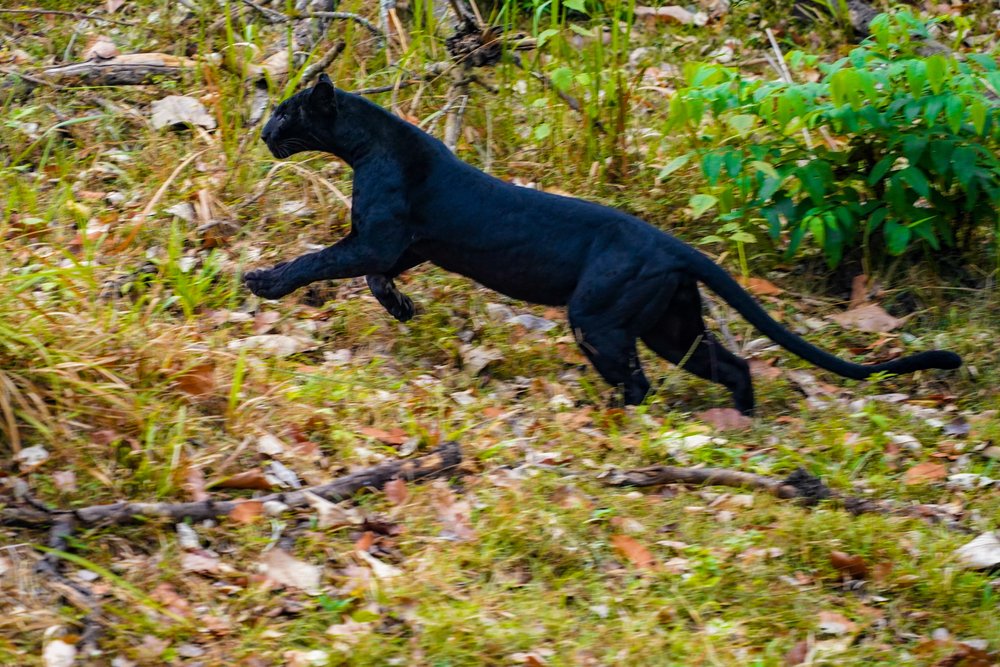
The enigmatic nature of the black panther defies a simplistic categorization as either a symbol of fear or strength. Rather, it embodies aspects of both, rooted in its biological reality, ecological role, and cultural interpretations. Through effective conservation efforts and a deeper understanding of its dual symbolism, we can better appreciate the black panther not just as a creature of the shadows, but as a beacon of strength and resilience in the natural world.

Growing up traveling and experiencing new cultures and wonders, I have had a passion for nature, adventuring, photography, and videography. I am currently working towards a BSc in Biodiversity and Ecology at Stellenbosch University, and I hope to specialise in Marine Sciences one day.
Please send any feedback to Feedback@animalsaroundtheglobe.com






